Did you ever wonder, how come some of the popular dishes, have a name that is connected to some place in the world. How it came to be, that we have them on our menus? From where their originated? There are plenty of dishes like that, that is share the name with some geographical locations. So, I have decided, to dig deeper into the subject, and bring you a small list of the most popular of them. Let us check them, then.
Belgian waffles

first created and presented to the world in 1958 at Expo 58 in Brussels, Belgium. This wonderful warm breakfast dish arrived in U.S. at the 1964/1965 New York World’s Fair. The original form was served with whipped cream and strawberries.
Baked Alaska

This stunning dessert was created, to celebrate the purchase of the Alaska territory, by American government. First time served at Delmonico’s Restaurant in New York City in 1876. The delightful dessert in on their menu ever since, and the generations of enthusiasts have been enjoying the frozen treat.
Boston cream pie

Official state dessert, of Massachusetts State, was invented at Parker’s Restaurant in Boston’s Omni Parker House Hotel by French chef Sanzian’s bake staff. In fact, it resembles a cake, more than a pie. vanilla custard-filled, vanilla sponge cake, drizzle chocolate icing. Creamy and delicious.
French toast

The whole world knows this Sunday’s brunch favorite, as French special, when in fact it originated in Ancient Rome, in the 4th – 5th century. Nevertheless, the recipe books, from medieval times, talk about it, so the name sticked. Slices of bread soaked or dipped in a mixture of beaten eggs, with milk or cream. Sugar, cinnamon, nutmeg, and vanilla may be variously added to the mixture. The bread is then fried in butter or olive oil until browned and cooked through.
Yorkshire pudding
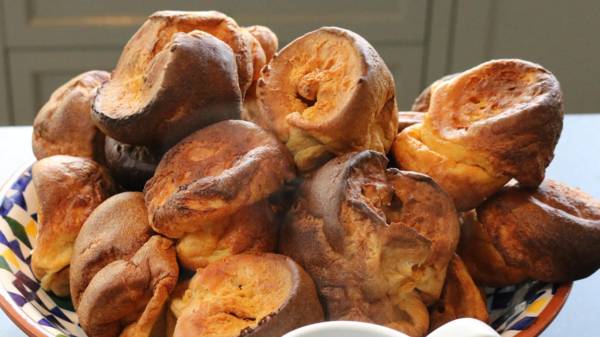
This light and airy British pudding was a staple in Northern England, so that is how the name came to be. The first appearance of the dish seems to be in the 18th century when it surfaced in a cookbook referred to as Dripping Pudding (referring to the dripping of meaty juices from the spit roast).
Turkish Delight

In 1777, the confectioner maker in Istanbul, Bekir Effendi, came with an idea, that resolved n creation of this sweet treat. Using beet sugar and corn flour, he adapted an older recipe that combined molasses, honey, flour, and water. The chewy and firm jelly that became famous and empowered him to get employment as a confectioner in the Sultan’s palace.
Boston baked beans
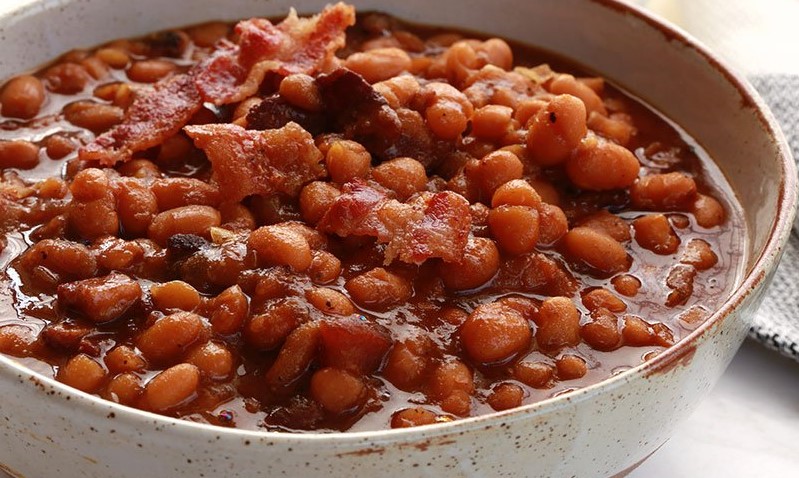
Somewhere in the 1600s and 1700s, there was plenty of beans in New England area. They were farmed and eaten by the Native Americans, long before colonists even settled in the land. As a byproduct of processing cane sugar (used during distillation process of rum), molasses was left. There is not a specific mention, when during the era, people thought to put the two together and Boston baked beans were born.
California roll

Sushi is traditional to Japanese cuisine, but the California roll is not. Most give the credit to Ichiro Mashita, sushi chef at Los Angeles’s Tokyo Kaikan, for creating the beloved California roll in the 1970s. Chef also receives credit for turning the sushi “inside-out”, with rice on the outside.
Hamburger

Though it one of the most popular American foods now, the meat patty, in soft bun, was brought by the German Immigrants, and after the city of Hamburg. Even though, nowadays there are plenty of local versions, the original one, still holds the first place and its name.
Bavarian cream
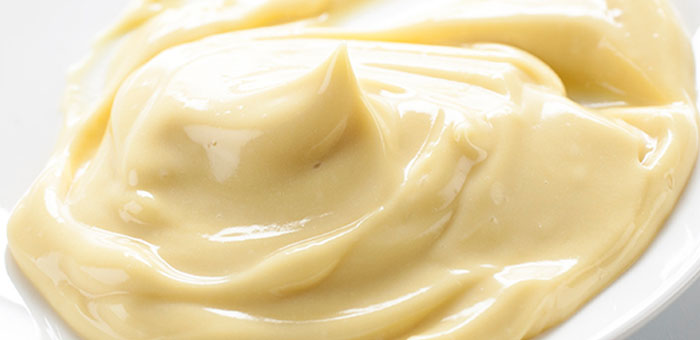
crème bavaroise or simply bavarois is a dessert made of milk thickened with eggs and gelatin or isinglass (extract from fish bones, with the same properties as pork gelatin), into which whipped cream is folded. The mixture sets up in a cold mold and is unmolded for serving. This French pudding-like desert was named after Bavaria, Germany, after the French chef, during his travels, discover this innovative technique, in Bavaria.
Buffalo wings

Named after their place of birth – Buffalo, New York. This dish has absolutely nothing in common with the actual buffalo nor the American bison. Crispy skin on the outside, tender meat on the inside, and a special hot sauce infused with vinegar and butter, with celery sticks and blue cheese dressing providing a perfect opportunity to cool down the hotness of the wings. Today, buffalo wings can be found in every sports bar, at barbecues, and at almost every Super Bowl party in the USA.
Philly cheese steak
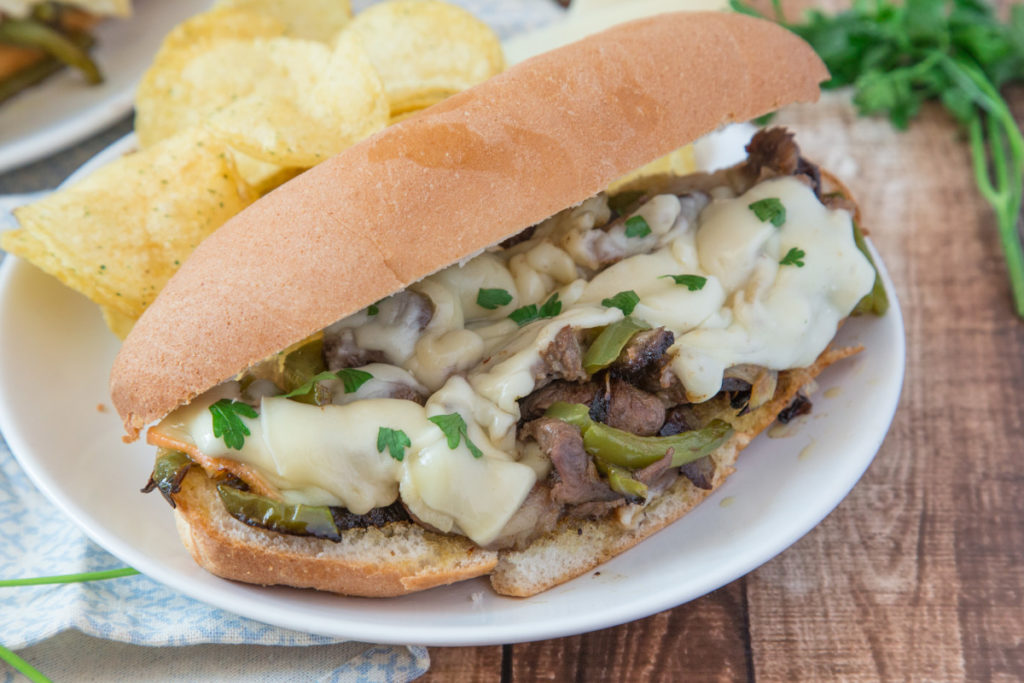
Invented by Pat Olivieri, the chef owner of Pat’s King of Steaks in 1930. The original version did not contain cheese, which was added, somewhere in the 1960s. till this day, this sandwich is a pride of the town, and must stop, while in Philadelphia.
Frankfurter

Commonly called hot dog, or just the dog. The sausage used is the wiener (Vienna sausage) or frankfurter (Frankfurter Würstchen, also just called frank). As always, the item was brought by the European immigrants, and the rest is history.
Gruyere cheese
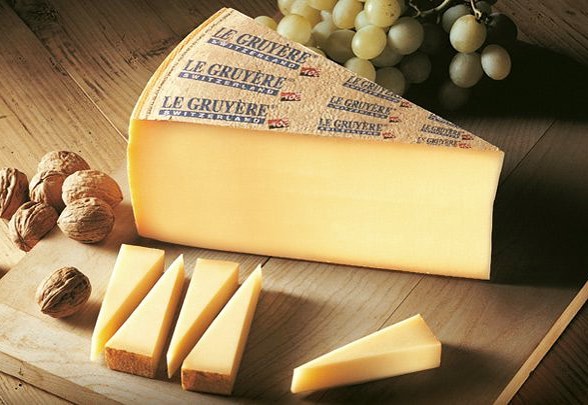
Small village called Gruyere in Switzerland, will forever be connected to this delicious and perfect-for-melting cheese. This hard cheese, sweet but slightly salty, with a flavor that varies widely with age. It is often described as creamy and nutty when young, becoming more assertive, earthy, and complex as it matures. Extremally popular all over the world, and use in wide range of recipes, or as a part of cheese board.
Neapolitan ice cream

This tricolor ice cream is named after city of Naples in Italy. Brought to U.S by immigrants, at the end part of 19th century. It includes tree flavors (vanilla, strawberry and chocolate), always coming together. Often sold as ice cream sandwich, in between chocolate cookie, or wafer.
Key lime Pie

This sweet treat dates to the late 1800s, when at first it started showing up in the Florida Key West. Key limes are tarter, than their most popular cousins, the Persian limes. in the 1950s that Key lime pie was marketed as Florida’s “most famous treat” and from 1987 as “the greatest of all regional American desserts”.
Fig newtons

Unfortunately, they are not named after Sir Isaac, but after the town of Newton in Massachusetts. Located not far from Cambridge, where they were initially mass produced in the 1890s. Sweet fig paste, surrounded by soft biscuit. Yummy and healthy at the same time.
Hollandaise sauce
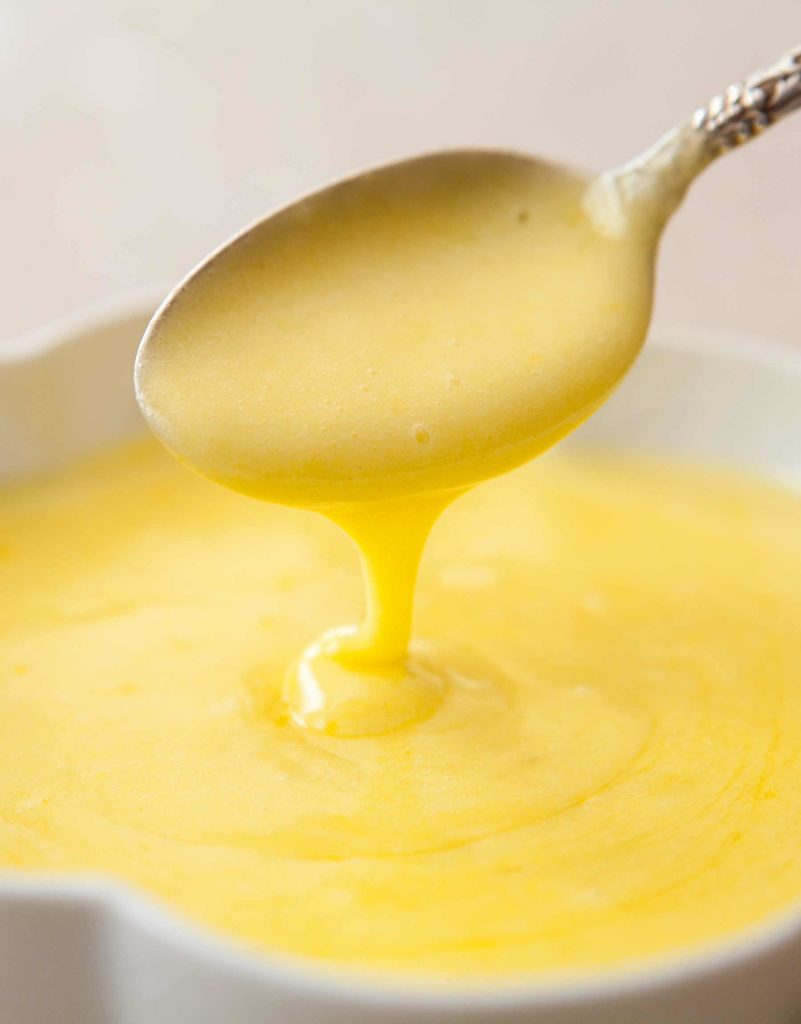
Originated in Holland, and that is the story about the name. this buttery, lemony sauce, is one of the important component of many dishes. No eggs Benedict is complete without it.
Welsh rarebit
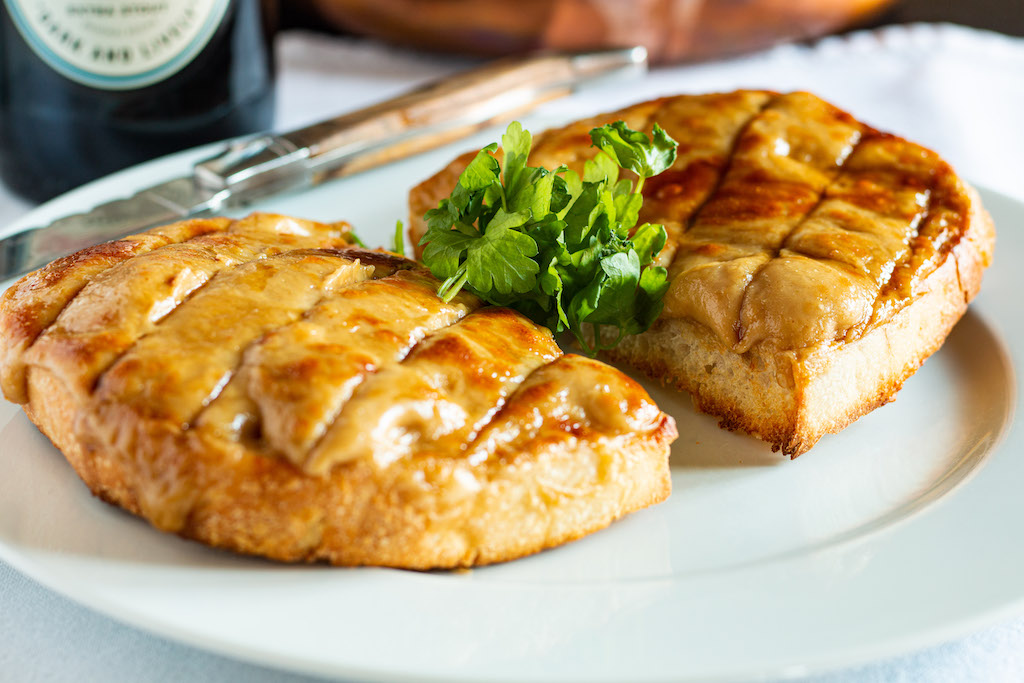
An English dish of melted cheese sauce on bread. It was named to make fun of the Welsh people. The original 18th-century name of the dish was the humorous “Welsh rabbit”, which was later reinterpreted as “rarebit”, as the dish contains no rabbit. Based on locally produced Cheddar or Caerphilly cheese, melted and mixed with butter and cream or ale, then poured over a piping hot, buttered toast.
Canadian bacon

“Canadian-style bacon” is the American name for a form of back bacon that is cured, smoked, and fully cooked. Cut into cylindrical medallions, and thickly sliced. “Canadian bacon” is made only from the lean eye of the loin. Its flavor is described as more ham-like, than bacon, due to the lack of fat. The name is not actually used in Canada, where the product is generally known simply as “back bacon”.
Chicken Kiev

Deboned, flattened chicken breast that is wrapped around chilled herb butter, breaded, and fried. It was extremally popular in the 1970s, although no one knows where it came from or how it got its name, and there are numerous conflicting theories accrediting its invention to Ukrainian, Russian, or French chefs. Nevertheless, The Kiev City of Ukraine, holds its name.
Dijon Mustard

Mustard by itself, is one of the world’s oldest condiments. The city of Dijon has its over other mustards is a special recipe, that differentiate this one mustard from the other ones. In 1856, Jean Naigeon substituted sour unripe grape juice from the Burgundy region, for the traditional vinegar, creating a smoother, milder taste, and the Dijon mustard was officially born.
Cantaloupe

It is believed, the sweet fruit, has been first cultivated in Cantalupo in Italy. The city was supposedly the site of a papal summer residence.
Bologna sausage

It is a sausage of finely ground pork sausage. containing cubes of pork fat. Its origins can be traced back to the village of Bologna, Italy. Thanks to world immigration, it became immensely popular in many countries, as inexpensive sandwich meat.
Bistecca alla Florentina
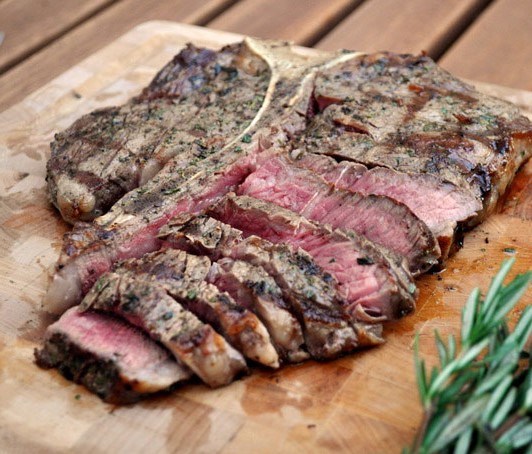
This, one of the kind, aged steak from Florence, Italy, can be traced back to the Medici’s. This large T-bone steak served bloody rare. It is at least 4 to 5 cm (up to 2 in high) high and weighs at least 800g (over 28 oz) grilled over wood or charcoal fire and seasoned with salt. The meat is sourced from specific breed of cows, called Chianina, and it should be only between 12 and 24 months old.
Vichyssoise Soup

A soup glorifying town of Vichy in France. Created by chef Louis Diat, in Ritz-Carlton in New York. He created this dish, to resemble the potato-and-leek soups his mother made him while he was growing up in France.
Tabasco sauce
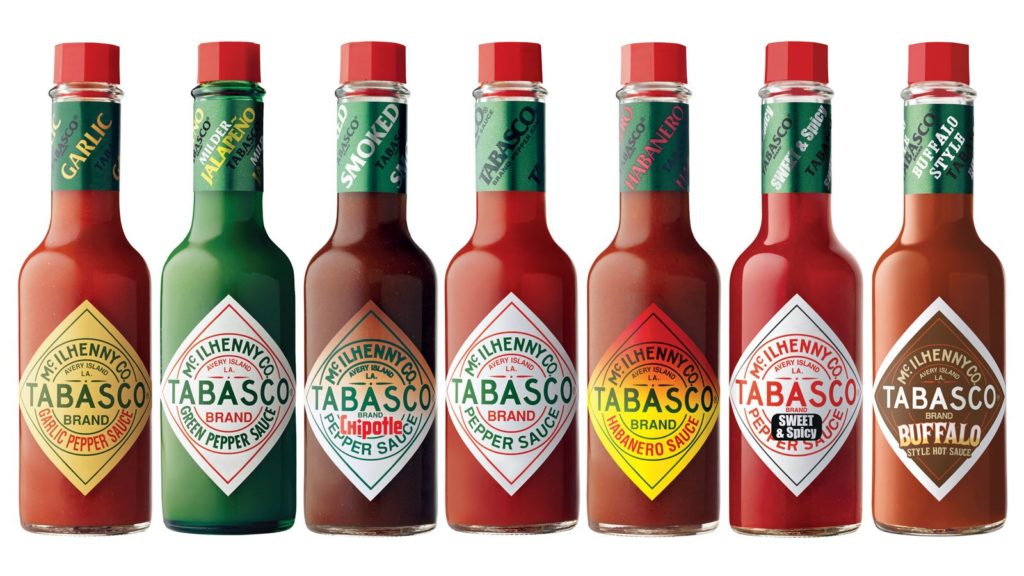
If you need some spice in your life, or at least in your culinary adventures, this will be perfect for you. This sauce made from hot peppers, that has its humble beginning in Tabasco, Mexico. Nowadays immensely popular, not only in the Mexican cuisine.
Monterey Jack cheese
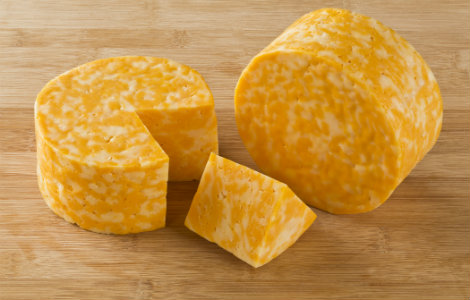
The name of this cheese is connecting to separate names into one, delicious item. Monterey Jack was first produced in Monterey, California, by the dairyman David Jack. White, semi-hard cheese made using cow’s milk. It is well-known for its mild flavor and slight sweetness. In addition to being eaten by itself, it is frequently marbled with Colby to produce Colby-Jack, or with yellow cheddar to produce cheddar-Jack.
Israeli salad
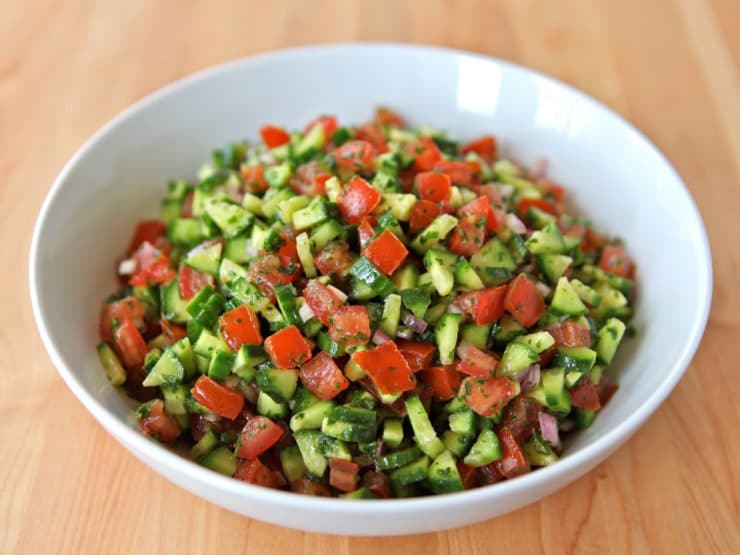
extremally simple side salad that become staple in Israeli cuisine. Chipped tomato and cucumber, with fresh parsley, and olive oil. In some versions, red onions are added, but it is fully optional.
Lima Bean
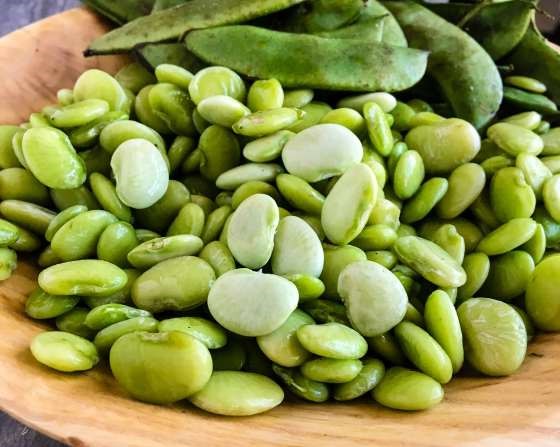
Called butter bean, sieva bean, double bean, or Madagascar bean. This light green legume is indeed named for the Peruvian city. The bean is native to several parts of Central and South America but was widely cultivated around Lima.
Chicago deep dish pizza
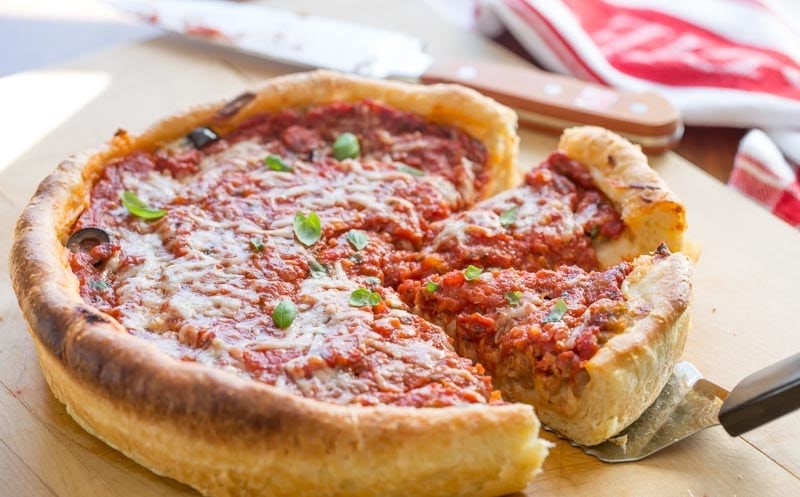
The Chicago-style “deep-dish” pizza was invented in 1943 at Chicago’s Pizzeria Uno. This deep-dish wonder, with extra quantities of cheese, mead, and sauce (compare to New York thin crust pizza) will always pay homage to its home with its name.
London broil
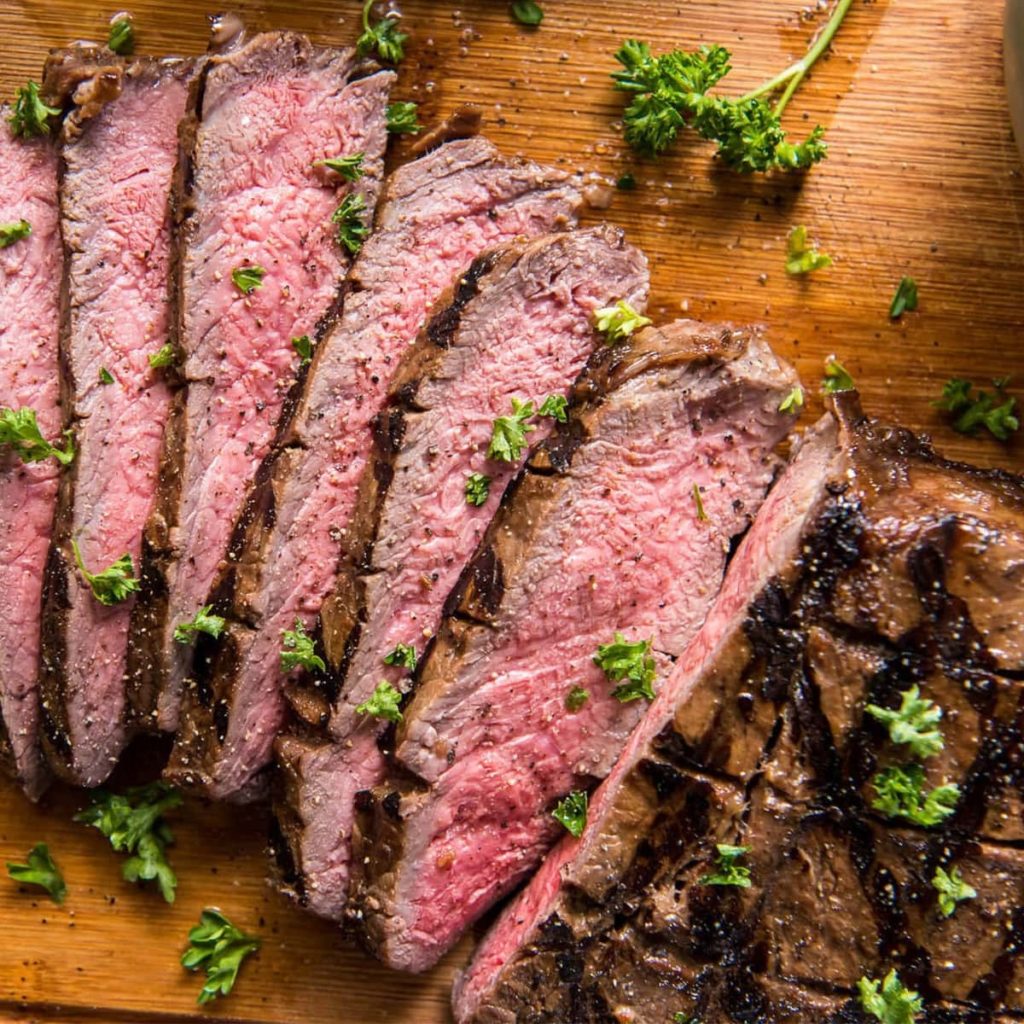
The beef dish is a North American creation. Marinated steak (often flank steak) is grilled or broiled, then sliced across the grain into thin strips. Even thou the origins of the name are very unclear, popular in America, London residents remain largely unaware of the dish.
Moon pie

Created in Kentucky, Chattanooga Bakery in 1917. The main idea of this large sandwich cookie, with marshmallow sandwich between graham cracker, and fully dipped in chocolate, was asked to create a good feeling snack for the local miners. When asked about the desired size, the miners answered, that it should be as big as the moon. The cookie perfect fit in the palm of their hands, kept them full and satisfy.
Swedish meatballs

Swedish meatballs do, in fact, have roots in Sweden. Swedish immigrants who settled in the Midwest region of the U.S., continued to make Köttbullar (meatballs), which eventually spread and were enjoyed by all locals. Today, there are a few variations of Swedish meatballs on the market and in American recipe books, but they all share Swedish roots.
Texas toast
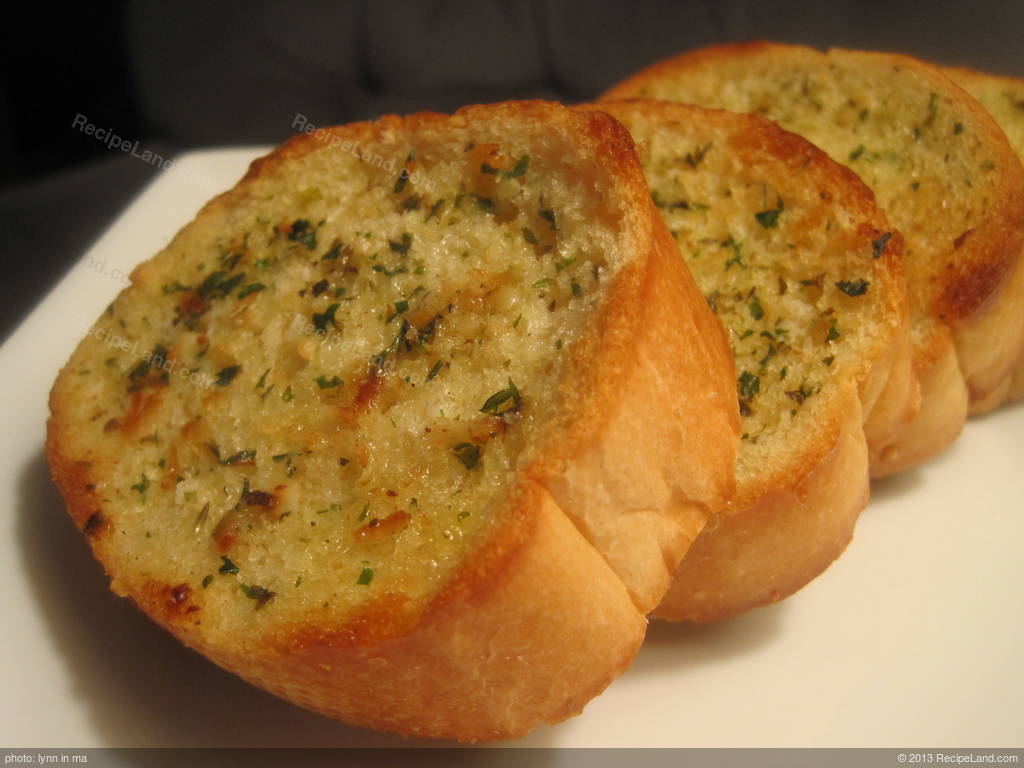
The story goes back to 1941, when apparently it was invented, by accident and out of necessity. The thick slices of bread did not fit in the standard toaster, so a cook suggested covering them with butter and grilling them. Texas Toast was a hit. Today, the thick slices have made their way into the prepackaged world thanks to grocery-store freezers.
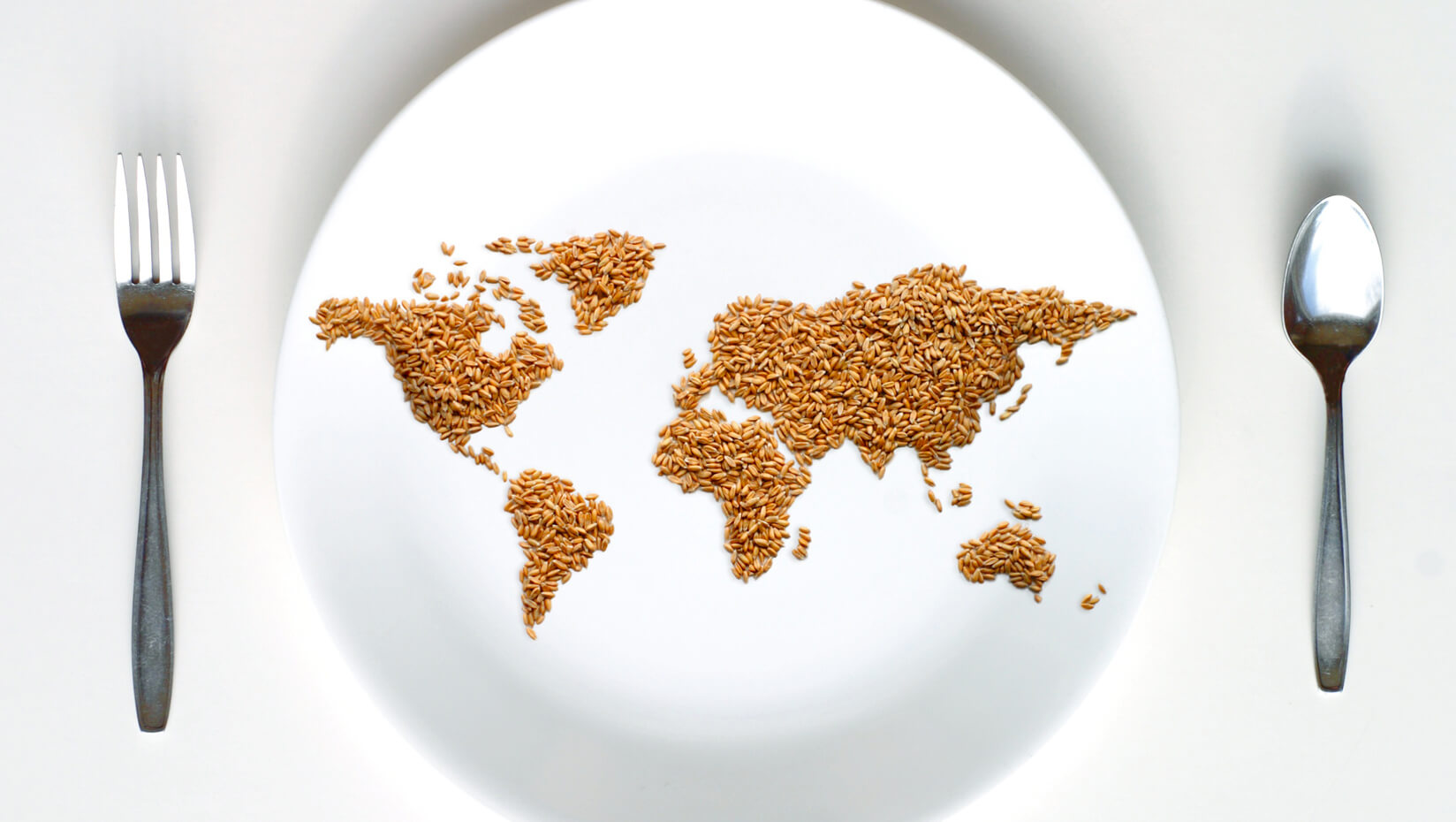



This is something New !
Nice article, keep it up
Nice